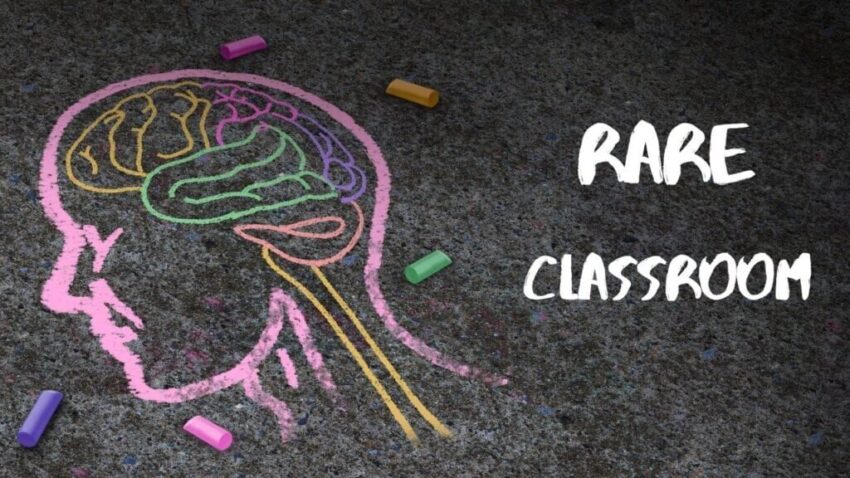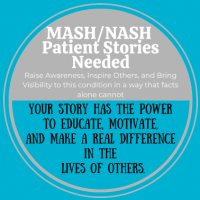Welcome to the Rare Classroom, a new series from Patient Worthy. Rare Classroom is designed for the curious reader who wants to get informed on some of the rarest, most mysterious diseases and conditions. There are thousands of rare diseases out there, but only a very small number of them have viable treatments and regularly make the news. This series is an opportunity to learn the basics about some of the diseases that almost no one hears much about or that we otherwise haven’t been able to report on very often.
Eyes front and ears open. Class is now in session.

The disease that we will be learning about today is:
Ehlers-Danlos Syndrome
What is Ehlers-Danlos Syndrome?
- Ehlers-Danlos syndrome (EDS) is a group of genetic disorders that affect connective tissues and result in unstable, hypermobile joints
- A total of 13 different disorders fall under this classification
- The impacts of these conditions can vary in severity
- Some forms have no impact on life expectancy, while others can be more detrimental
- All forms can result in lethal outcomes in some instances
- Diagnosis is determined through a combination of symptoms that is often confirmed by biopsy or genetic testing
- Hypermobility disorders have been documented since ancient times
- The syndromes are named after Edvard Ehlers and Henri-Alexandre Danlos, physicians who first described the disease at the beginning of the 20th century
- Prevalence is around 1 in 5,000 live births around the world
How Do You Get It?
- The types of Ehlers-Danlos syndrome are distinguished by which genetic variation causes them
- Variations in 19 genes are associated with these syndromes
- The genes involved affect collagen or the proteins that interact with collagen and can include:
- Intracellular processes: PRDM5, SLC39A13, ZNF469
- Collagen structure and processing: COL5A2, ADAMTS2, COL5A1, COL3A1, COL1A2, COL1A1
- Complement pathway: C1S, C1R
- Collagen folding and/or cross-linking: FKBP14, PLOD1
- Glycosaminoglycan biosynthesis: DSE, B4GALT7, CHST14, B3GALT6
- Myomatrix structure and function: COL12A1, TNXB
- EDS is most often passed along in an autosomal dominant pattern
What Are the Symptoms?
- Connective tissues throughout the body can be affected by Ehlers-Danlos syndrome
- Multiple body systems can be impacted by these changes
- Symptoms can include:
- Hyperflexible, unstable joints that are vulnerable to dislocation and sprains
- Early onset osteoarthritis
- Deformities affecting the neck, fingers, joints, and spine (such as scoliosis)
- Tethered spinal cord syndrome
- Osteoporosis
- Joint and muscle pain, which can be severe and debilitating
- Stretchy (hyper-elasticity), thin, or very soft skin
- Increased fragility may occur, resulting in tearing, easy bruising, and abnormal scarring
- Varicose veins
- Thoracic outlet syndrome
- Aortic aneurysm, which can be fatal
- Heart murmur
- Inflammatory bowel disease or other gastrointestinal problems
- Small fiber neuropathy
- Chronic headaches
- Dysautonomia
- Eye or vision disorders
- Symptoms are greatly varied between cases and types of EDS
How Is It Treated?
- Treatment is generally supportive and focused on mitigating the symptoms and complications that occur
- The cardiovascular system should be closely monitored
- Orthopedics can be useful for mitigating joint instability
- Casting or bracing may also be used to stabilize joints
- If these methods aren’t effective, surgery may be needed to help treat instability
- Occupational therapy and physiotherapy may also be needed
- Aquatic therapy and manual therapy can be used to support coordination and muscle development
- Medications may be needed to manage pain or digestive issues
- Some patients opt for vitamin C supplementation to support the healing of wounds and reduce abnormal bruising
- Pain management can be a major focus of treatment in severe cases
- Outcomes are highly variable in EDS and depend on the type of EDS and the severity of the case
- In vascular EDS, life expectancy is greatly reduced and averages 48 years
- Other patients have minor symptoms and live relatively normal lives
Where Can I Learn More???
- Check out our cornerstone on this disease here.
- Learn more about this disease from the Ehlers-Danlos Society.







